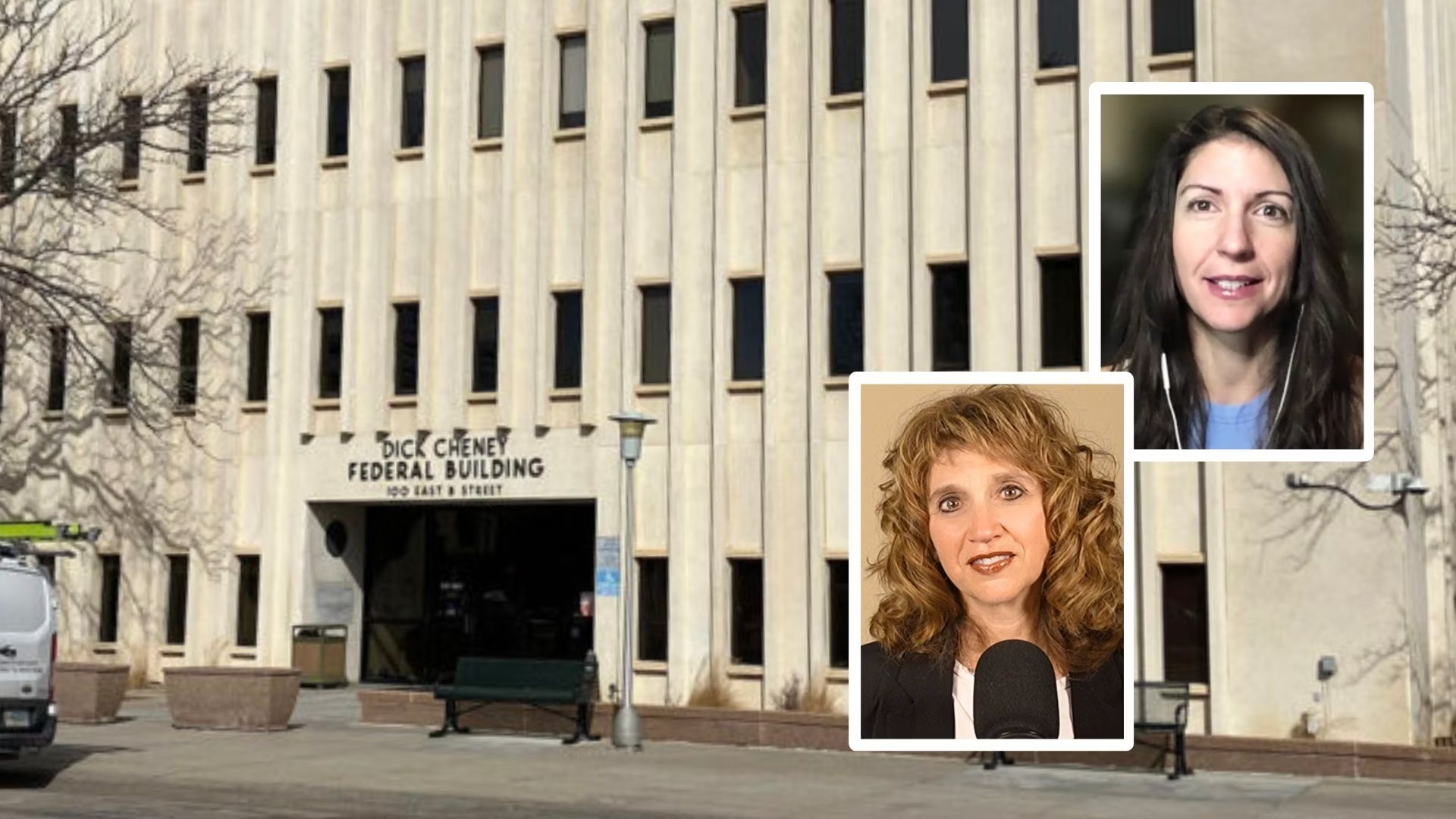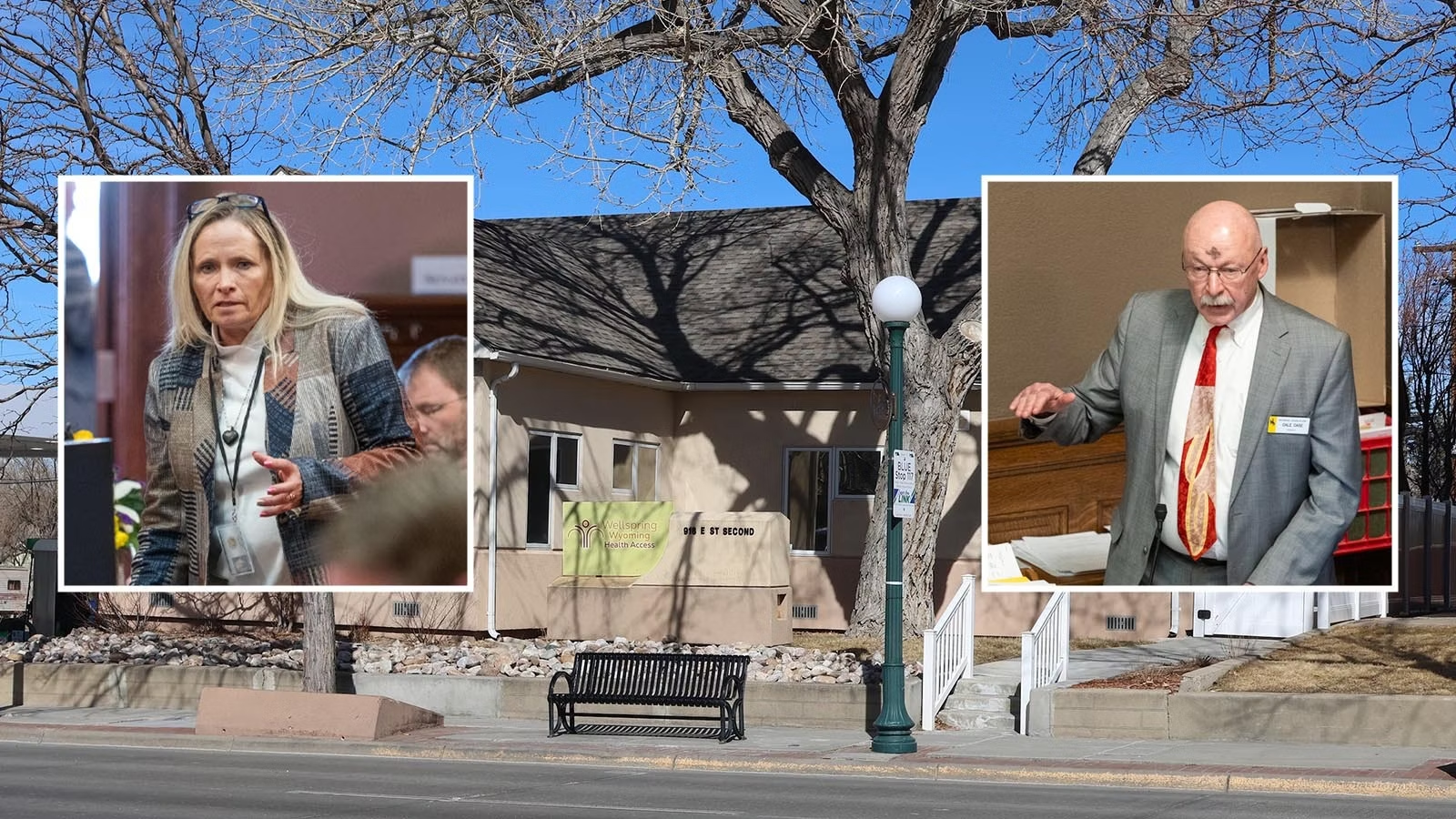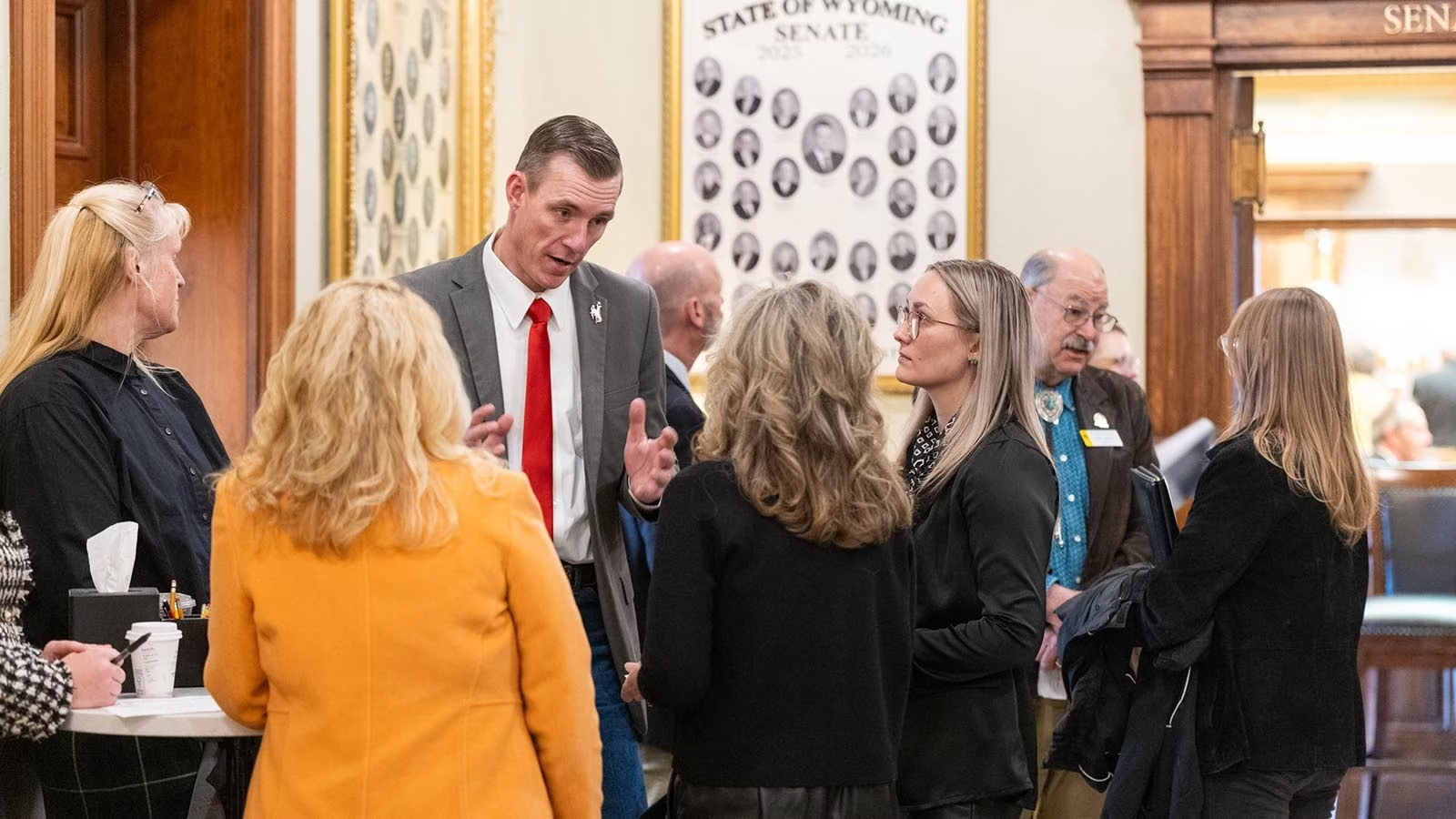Fremont County, Wyoming, residents and visitors have poured $14.7 million of their tax dollars into economic development and transportation services since April 2021, and many of them aren’t happy about it.
County residents in the 2020 general election passed an economic development measure to collect a half-percent sales and use tax. The ballot language allots 20% of the proceeds toward the air service for Riverton, 10% toward ground transportation such as a local bus service, and the remaining 70% is allotted to the county and the towns according to population for “economic development.”
That means anything that retains or adds jobs or brings money into the community.
It's a broad umbrella that has caused heartburn for many locals because it’s led to numerous private businesses, entities and projects receiving public money — often tens of thousands of dollars each, and sometimes hundreds of thousands.
“There’s an overall problem with subsidizing private business with government funds,” state Sen. Cale Case, R-Lander, told Cowboy State Daily on Friday. “Government has programs all the time. I know that. But this is very specific and very targeted and very wrong; and it’s based on a sort of faulty feeling that government can do a better job spending your money than you can.”
Case is part of the political action group Citizens Affirming Sensible Taxation (CAST) that opposes the renewal of the tax in the 2024 general election.
He called the half-percent tax “regressive,” meaning it also taxes poor people to give to the more affluent.
Private Business Subsidy
Case is not alone in his discomfort.
The community outcry against grants for private businesses, including those in competitive markets, drove the county’s local governments this summer to re-vamp the way they distribute the tax.
If the voters pass it again, the towns and county will allocate 43% instead of 20% to the air service, and 17% instead of 10% to ground transportation — plus another 20% for the private ambulance company that serves Fremont County.
Only 20% for “economic development” would remain under that proposal.
It’s still not enough, said Case.
“They should have gotten rid of the subsidy to private business completely, and then I’d be happy to support it,” he said.
None of the new figures, nor the new grant to the ambulance service, were part of the original 2020 ballot provision the voters passed. But proponents of the change say the local governments aren’t violating their contract with the voters. They can squeeze the new figures under that “economic development” umbrella that dictates their discretionary grant-giving.
Detractors voiced doubts about whether the local governments can change their allotments without running into legal issues.
Fremont County Attorney Patrick LeBrun declined to comment on the legality of the new breakdown.
‘See The Whole Picture Here’
Julie Buller, chair of the political action committee Forward Fremont County, which advocates for the tax, said it’s a necessary influx into the community.
She stressed that the local governments’ changes to the allocation happened in public meetings, and that the city council and county commission members who give the final approval on tax grants are elected representatives.
That was in response to detractors calling the tax breakdown “non-transparent.”
“It’s really frustrating that people can’t see the whole picture here: that there’s a couple people out there that don’t want to pay taxes,” she said. “This is an investment into our community, and we want our community to survive and thrive, and bring new businesses here.”
Buller pointed to specific examples.
Riverton in 2022 approved an $80,000 grant to Kifaru Holdings LLC, a hunting gear business that has in turn brought around 50 jobs to the community, she said.
The Riverton Medical District, which is not a public district but rather a nonprofit group trying to build a second hospital in Riverton, has received about $1.2 million in economic development grants, which it has leveraged to secure several million dollars in federal funding and loans, said Buller.
Businesses are looking for air service, ground transportation and ambulance services, she said.
“If we don’t have these things our businesses are not going to survive here,” said Buller.
Whether public or private, the county has sustained an ambulance service for several years, though it has struggled often. The local bus service and air service both pre-date the tax as well, though they complained of financial worries prior to its passage.
Break It Down
Fremont County consumers have paid $14,699,238 toward the tax since it went into effect April 1, 2021, according to Wyoming Department of Revenue figures compiled Friday by Cowboy State Daily.
Of that, nearly $10.3 million has been allotted to the town and county governments for discretionary grants to bolster economic development. Several of those grants have gone to private businesses and groups, though some have gone to public entities, like Central Wyoming College.
That’s left roughly $2.9 million for air service and about $1.5 million for ground transportation, or bussing.
Averaging calendar years 2022 and 2023 yields an annual taxation average of $4.35 million. Even casting the generous assumption that tourists and travelers contribute 19 percent of the tax, locals would still be paying $3.524 million per calendar year.
That’s about $90 a year per resident.
Neither the state Department of Revenue nor the Fremont County Treasurer’s Office was able Friday to pin down a percentage for travelers’ contributions.
For The Fliers
By local businessman Rick Bestul’s calculations, the county’s commercial air service has billed the town of Riverton (which oversees its subsidy) for about $1.6 million less than it’s received in tax money.
He found that figure by comparing invoice figures from the Wyoming Department of Transportation, which he provided Friday to Cowboy State Daily, against the Department of Revenue’s figures.
In other words, the commercial air service has a surplus of public money.
“Yet every time you listen to them present, they’re broke,” said Bestul, who opposes the tax.
He pointed to the commercial air service’s recent request for more money, another factor that pushed the local governments to redo their allotment plan.
Riverton City Administrator Kyle Butterfield acknowledged the surplus Friday to Cowboy State Daily. By his count, it’s closer to $1.8 million.
Butterfield’s figures include extra money local governments have given to the air service in addition to its allotted 20%.
Even with the surplus, the air service could probably only survive another year, maybe longer, without the half-percent tax unless local governments found another way to keep it going, said Butterfield.
The service’s requested subsidy doubled in its recent contract negotiation, Butterfield wrote in an email to Bestul.
The new contract provides for two daily flights in and out of Riverton, while the service provided only one flight per day through much of the COVID-19 era, he added in his interview.
He pointed to a Wyoming Department of Transportation study showing the economic benefits of having air service, and said rural communities generally can’t bring that service without supplying public money.
From Nothing
Bestul said he hopes the county votes down the half-percent tax, and later passes a better tax to support air and ground transportation, and infrastructure for youth.
But like Case, Bestul cringed at the thought of giving private businesses people’s tax money.
“My biggest issue is taking money from people who live paycheck to paycheck, and giving it to business owners,” he said, noting that he is also a business owner. Bestul runs a successful auto parts business.
He said the grants may look like economic development, but they’re just a re-wiring of the economy: without the grants, business owners would have gotten bank loans and paid interest toward the banks, whose local people benefit from that.
“I come from nothing. I borrowed and borrowed, and borrowed money. And I did not come from money,” he said. “I don’t feel that it’s up to the taxpayers to pay an additional sales tax to fund me.”
Bestul added that, despite the tax controversy, he hopes the community doesn’t divide into camps of businesses willing to take the grants against those that didn’t.
“I just think mistakes have been made, and now it’s time to fix those mistakes and come up with a better plan,” he said.
Correction - An earlier version of this story said Butterfield counted the air service surplus "closer to $2 million" when in fact it's closer to $1.8 million.





